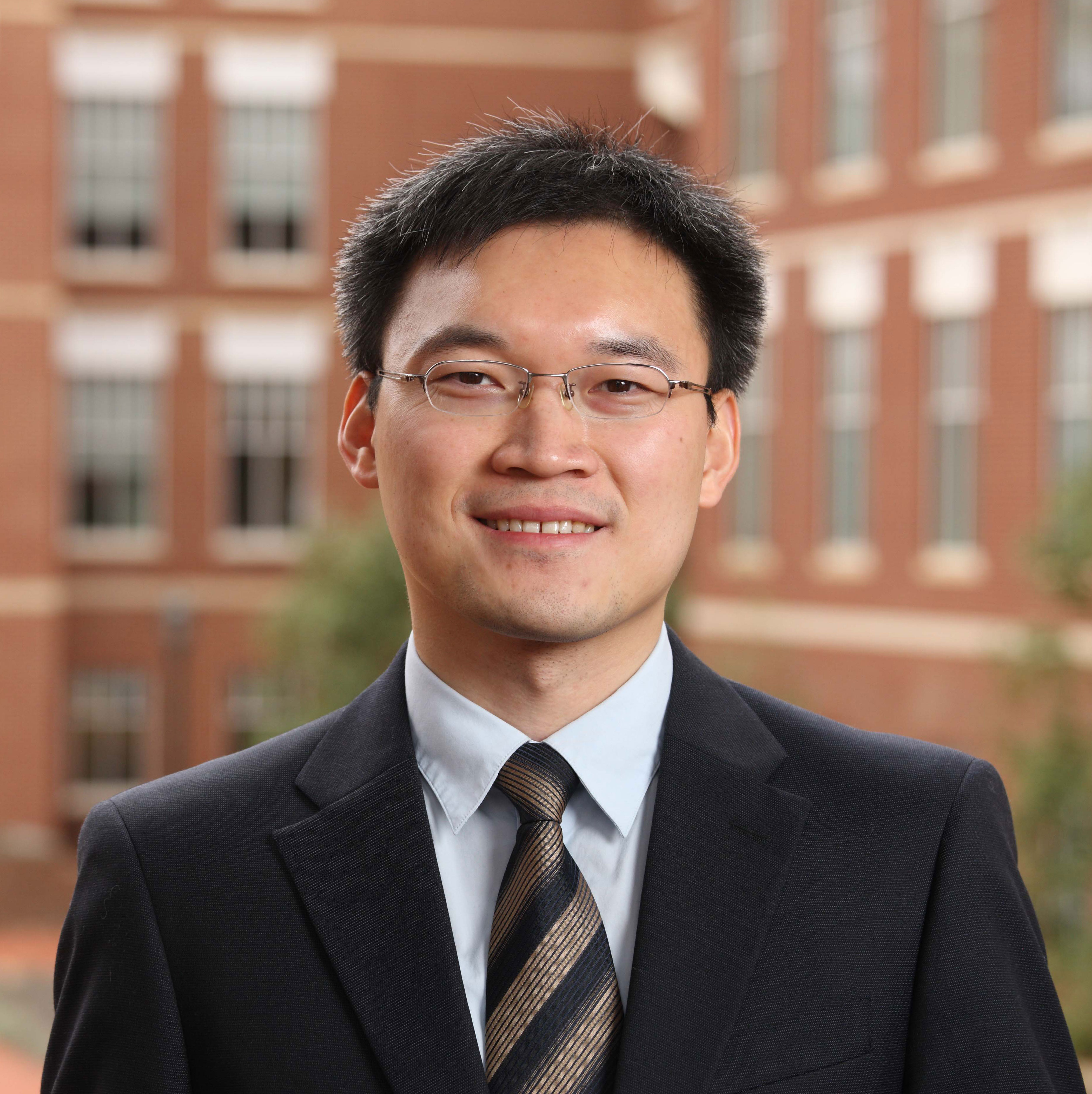X-rays, MRIs, ultrasound, PET and CAT scans – with each advance in technology, physicians gained a new way to peer into the human body, helping them diagnose disease and track treatment with almost miraculous precision. But there is still information that eludes them.
As a leading proponent of photoacoustic microscopy, Song Hu, a University of Virginia assistant professor of biomedical engineering, is quite literally illuminating some of the body’s closest-kept secrets, paving the way for better treatments of diseases like cancer.
“It’s very exciting being part of the development of a new technology that holds such promise,” Hu said.
As the name implies, photoacoustic microscopy is a hybrid technology. Not only does it address the limitations of optical microscopy and ultrasound, two workhorses of modern imaging, but it also combines them in ways that offer something completely new. Call it medical imaging 2.0.
The major trade-off in optical microscopy is between spatial resolution and depth penetration. In other words, the farther you look into the body, the fuzzier the image. Traditional ultrasound has its own weaknesses. You are limited to areas in which the ultrasound reflection can reveal mechanical contrasts between different types of tissue. Physicians can improve results by injecting contrast agents, but that only works for just a subset of substances that physicians might want to observe.
Photoacoustic microscopy takes elements from both technologies. Technicians send short-pulsed or intensity-modulated laser light into the target tissue. As a cell or molecule absorbs the energy from the light, some of it is converted into heat, and the target undergoes a series of thermoelastic expansions and contractions. The resulting mechanical wave can be detected by an ultrasound detector and used to form an image.
One of the advantages of this system is that it doesn’t require contrast agents to produce signals that detectors can convert into an image. Hu’s lasers directly cause energy-absorbing substances in the body to produce their own ultrasound waves. And because different wavelengths can excite different absorbers, Hu can tune his lasers to determine the presence of specific cells and molecules.
“It is because so many of these optical absorbers can serve as disease markers that this technology is so important,” Hu said. For instance, Hu can select wavelengths that target blood hemoglobin, the primary oxygen carrier to the circulation system. This enables him to produce images of blood vessel structure revealing such functional information as oxygen saturation and flow speed of the blood.
“In effect, all this information together gives you a snapshot of metabolic function, which can be seen as an indicator of disease,” Hu said. “Tumor tissues have a high metabolic rate, while brain tissue affected by ischemic stroke has a low rate.”
Hu is also focusing on refining the technology, working on such issues as increasing imaging speed and improving the sensitivity of the ultrasound detectors. Another technological interest is developing a new class of contrast agents that are absorbers, which would attach themselves to cells or molecules that are not inherently absorbers, extending the range of the technology.
In a recent review article in the journal Science, Hu pointed out the translational potential of this emerging technique, noting that upscaling photoacoustic imaging “from small animals to humans is expected to revolutionize the screening, diagnosis and treatment of metabolic diseases, particularly cancers and cerebral disorders.”
Others agree. Of all the papers to appear in the Journal of Biomedical Optics since 2009, his were the fourth- and sixth-most-cited. He also wrote the fifth-most-cited article in Optics Letters since 2007.
— by Charlie Feigenoff
Media Contact
Article Information
July 10, 2014
/content/light-sound-medical-imaging-20

